Cars are changing fast! New tech, people’s wants, and global issues are pushing the auto industry into a wild, exciting future. This year, electric cars, self-driving tech, super-smart vehicles, and innovative automobile designs for 2025 will change how we get around. Plus, saving the planet and new ways to use cars are shaking things up.
The evolution in car designs means vehicles are not only smarter and greener but also increasingly good-looking and adorable, catering to consumer preferences. Using studies from PwC, McKinsey & Company, Deloitte’s 2025 Global Automotive Consumer Study, and Gartner, this guide dives into five big automotive market trends that’ll drive the car world toward 2030. Let’s hit the road and see what’s coming!
What You’ll Learn in This Article
- Electric cars will boom, grabbing up to 23% of car sales by 2025, but not enough chargers could slow things down.
- Self-driving cars are growing fast, with their market jumping from $60.3 billion in 2025 to $449 billion by 2035. Though people still worry about safety.
- Connected cars, updated like phones, will hit a $121 billion market in 2025, making driving super personal.
- Going green and smart cities are making cars part of a cleaner, smarter world with better traffic flow.
- Car ownership isn’t the only game in town these days—shared rides and services like subscriptions are getting popular. Especially with young people.
- Car companies are strengthening supply chains with more suppliers, AI, and green materials, as 41% of auto execs prioritize this, despite factory shifts.
Automotive Industry Outlook 2025
Car companies are diving headfirst into the future, but we all know EVs are pricey, chargers are missing, and trade fights are making things messy. 2025’s the big test—we need to make cars people trust, actually afford, and still save the planet… no pressure.
1. Electric Cars: Zooming Toward a Cleaner World
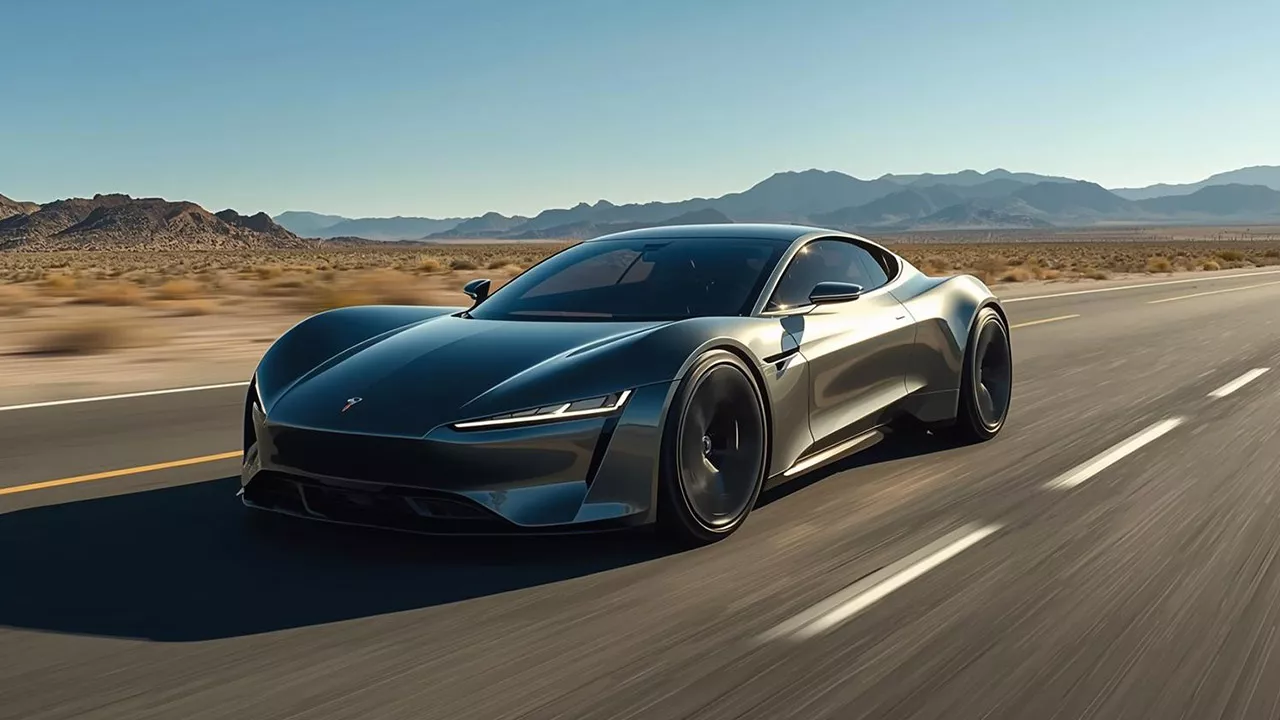
Electric vehicles, or EVs, are a big deal now. The numbers don’t lie – Gartner sees EV sales jumping 17% in 2025, expecting over half of car models to be electric by 2030. Industry estimates suggest EVs could grab 23% of global light-vehicle sales by 2025. Thanks to people wanting them, new laws, and cheaper batteries.
PwC points out that the electricity to charge EVs will come from renewable sources to cut pollution and make driving carbon-neutral. But there’s a catch—not enough charging stations and high prices are still problems. Deloitte’s 2025 study shows some folks aren’t sold on full EVs yet. So, hybrids, which mix gas and electric, are getting popular. Since they don’t need as many chargers and still help the environment.
2. Self-Driving Cars: The Push for Trust
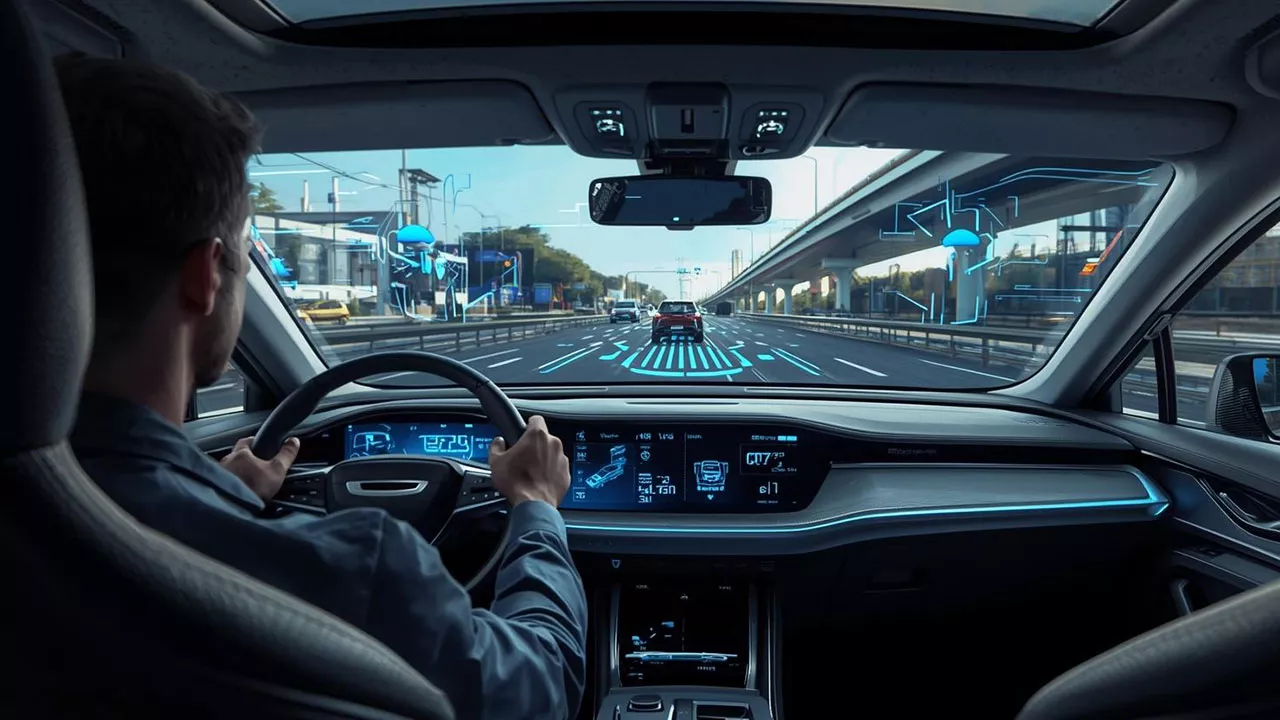
Imagine cars driving themselves! They’re coming fast, with the market growing from $60.3 billion in 2025 to a huge $449 billion by 2035, says a study with a 22.2% growth rate. PwC guesses that by 2030, 40% of miles driven could be by self-driving cars (might not offer a thrilling ride but definitely more hassle-free). Especially in China, which is moving quicker than the US or Europe.
But Deloitte’s survey says over half of the people in places like India, the UK, and the US are scared about safety. To fix this, car companies are showing off how safe these cars are and being open about the tech.
On the safety front, they’re promising big things – by 2040, self-driving features could help save a potential 3,200 lives! And talk about smarts, they’re embedding cool AI (like the tech that feels a lot like ChatGPT in certain Stellantis and Mercedes-Benz models). Which basically makes the car way easier to control and have a conversation with. This area is also ripe for innovation from AI startups.
3. Connected Cars: Your Car Becomes Super Smart
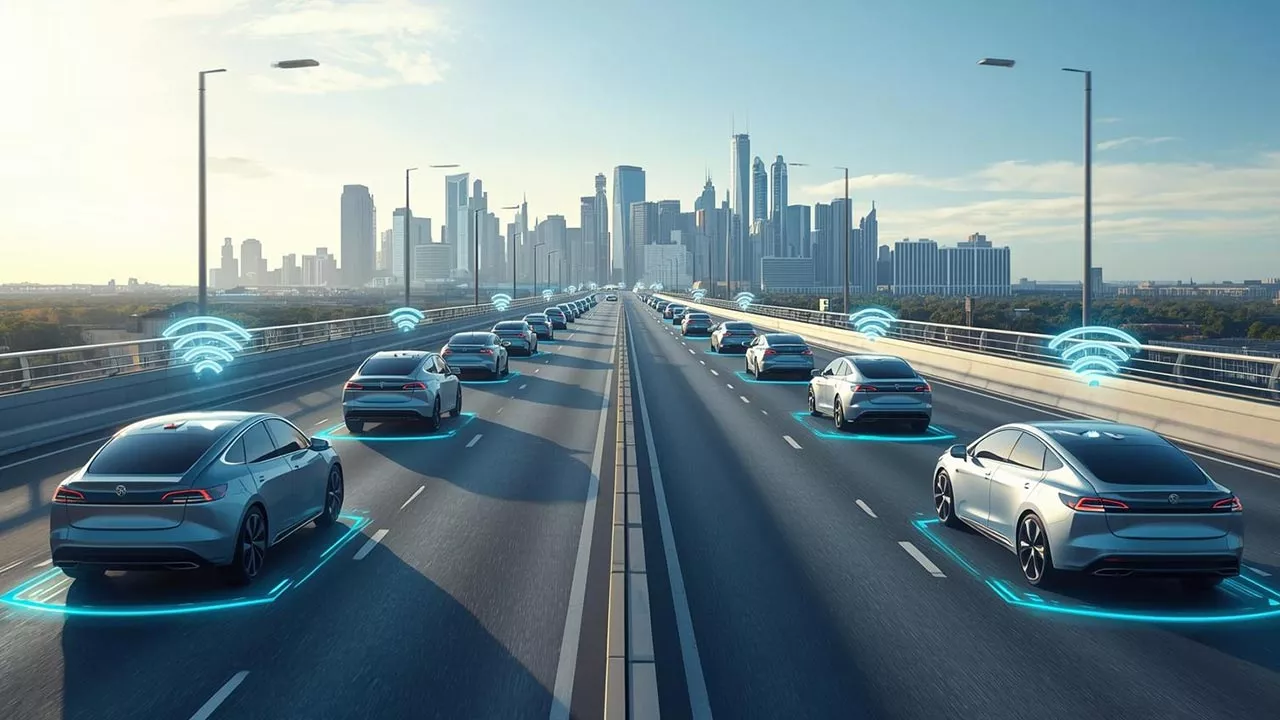
Cars are becoming like giant smartphones! PwC calls them a “third place” where you chill between home and work. They’re part of the Internet of Things, connecting to everything. The connected car market will hit $121 billion in 2025, thanks to deals like Stellantis and Amazon’s “smart cockpit.” Software-defined vehicles get updates over the air, like your phone, so no trips to the mechanic for new features.
Gartner says old-school car makers are teaming up with Chinese companies for better software. But trade issues in the US and Europe slow things down. These cars can even suggest stops, like for coffee, if you seem tired, making drives way more fun and personal.
4. Green Cars and Smart Cities: A Better Planet

The car industry is trying hard to go green. A World Economic Forum report says cars cause over 10% of the world’s CO2 pollution. So, companies are using eco-friendly materials, making more EVs, and recycling batteries. PwC says clean energy will power these cars to cut emissions. Smart cities, like San Francisco and Beijing, are making cars work with city systems to improve traffic and safety.
By 2030, over a third of miles driven will be shared rides, especially in these smart cities where robot taxis are already rolling. A Cars.com survey found that 54% of Gen Z love EVs. Because they save money and help the planet, which fits right into this trend.
5. New Ways to Use Cars: Rent, Share, or Subscribe

Having your own car isn’t the only option out there now. A study by Deloitte actually found that younger folks, specifically those around 18 to 34 (especially over in places like India and Southeast Asia), are leaning towards what they call “mobility-as-a-service,” or MaaS, instead of buying a car outright. Which, honestly, just means they’d rather rent a ride or use a sharing service only when they actually need it. These changing preferences are generating exciting startup ideas in the mobility sector.
The XaaS market, which includes these services, could hit $3.22 trillion by 2030. It shows the potential for a truly flourishing business and significant profits. Car companies are offering subscriptions, like for insurance or maintenance, to make money in new ways. Shared fleets will be super cost-efficient, letting people get around cheaper. Gartner warns that some factories in the US and Europe might close as Chinese car makers build in cheaper places. These could shake things up.
6. Stronger Supply Chains: Building a Tougher Auto Industry
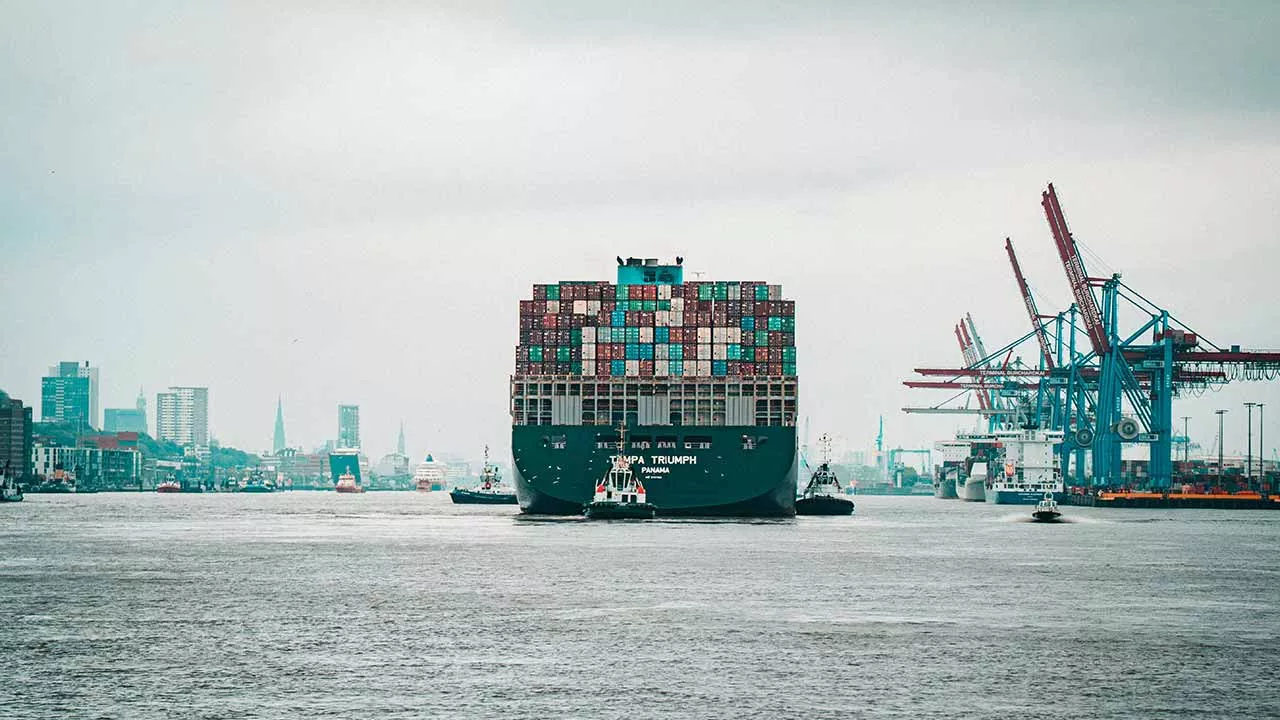
Car companies are improving the way they get parts so they don’t have problems. After shortages messed things up, the industry’s getting smarter. Car makers are using more suppliers, cool tech like AI, and eco-friendly materials to avoid problems. Nearly 41% of auto bosses say fixing supply chains is a top goal, per a SAP survey. AI and Internet of Things come to our rescue by tacking supplies in real time, thus help companies fix issues in a quick time.
Renault’s teaming up with a top school to use AI for better supply chains. Sustainable sourcing, like using green materials, cuts risks too. Gartner adds that some US and European factories might close as Chinese companies build in cheaper spots, pushing everyone to make supply chains tougher.
What’s Next for Cars
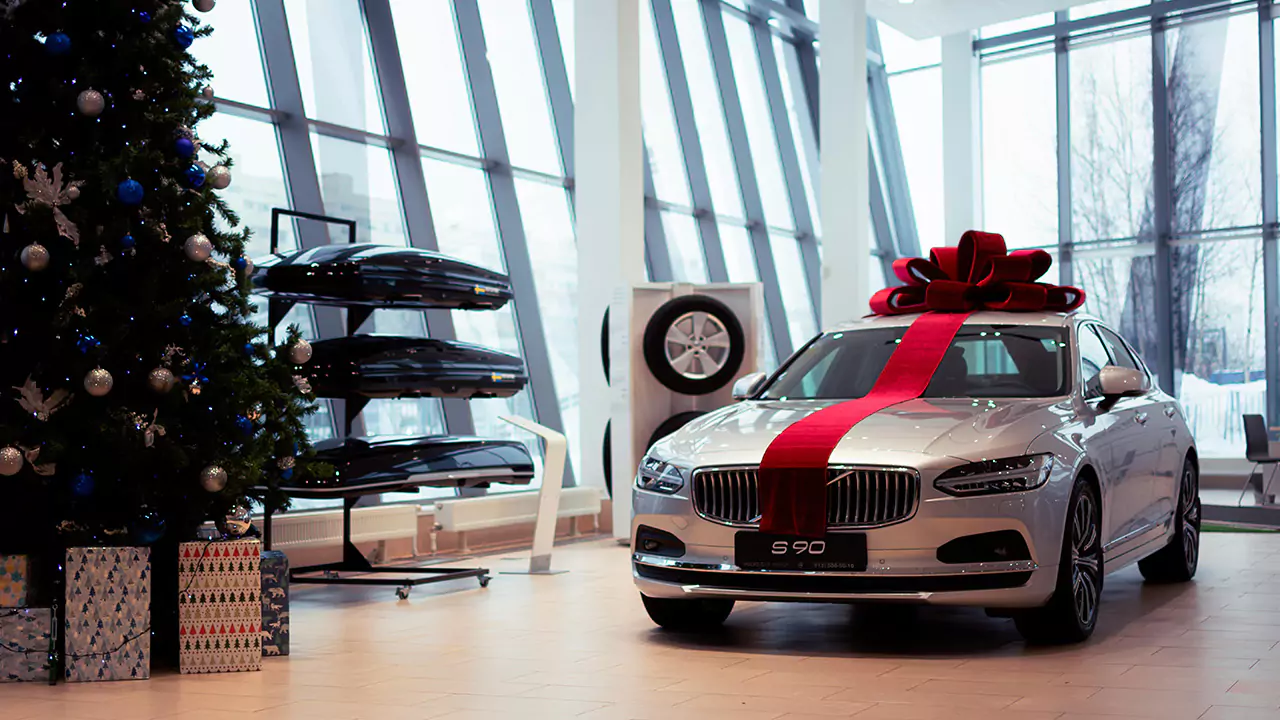
The car world in 2025 is full of cool chances but also tough problems like high costs, global trade fights, and people not trusting new tech. For those looking to start an auto company or disrupt the industry, understanding these dynamics is crucial. McKinsey & Company says smart tech and on-demand rides could add $1.5 trillion to car companies’ earnings by 2030, but car sales might grow slower, dropping to 2% because of shared rides.
By jumping into electric cars, self-driving tech, connectivity, green practices, and new ways to make money, car makers can stay strong. The best startups are seizing these opportunities, innovating with subscription models and eco-friendly solutions to lead the market. The next few years are super important for car companies to keep up with what people want and what laws demand. The future of cars by 2030 looks green, connected, and totally different.
FAQs
Cars are blowing up! Electric ones are everywhere and might hit 23% of sales soon. But finding chargers is still a pain. Governments want electric, batteries are cheaper, and cars are getting smarter with internet updates worth crazy money! Self-driving is getting better, but folks worry. Factories are trying to be greener because cars pollute a lot. Sales are slow, and China makes most batteries.
Car companies have major headaches. Everything changes so fast, and old companies can’t keep up. China’s making it super tough to compete, and trade rules are messy. Building electric cars costs a fortune. Planning ahead feels impossible. Experts think some US and European factories might even close because China builds cars cheaper elsewhere. They got to move lightning fast or risk going under.
Young folks in Asia just rent rides when they need them instead of buying. Over half of Gen Z loves electric cars because they save money and help the planet. But many people in the US and UK are scared of self-driving cars. Customers are pushing companies to make greener, more flexible rides. Lots are choosing scooters or sharing over owning.
